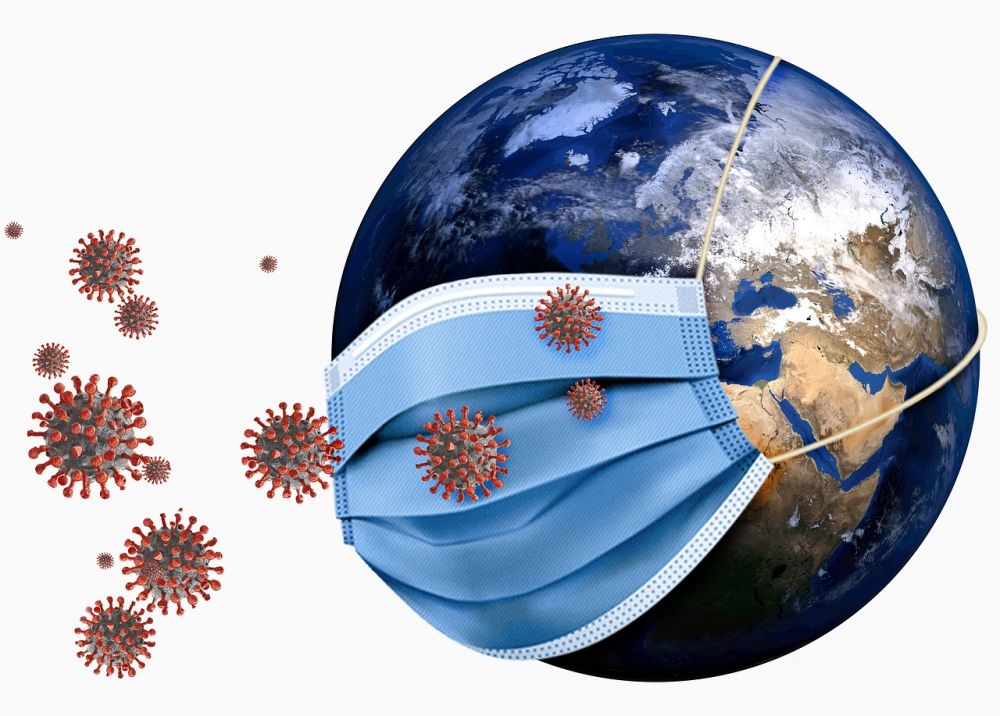Stephen Hawking's Disease: A Comprehensive Overview

Introduction
Stephen Hawking’s disease, also known as amyotrophic lateral sclerosis (ALS), is a neurodegenerative disorder that affects the nerve cells in the brain and spinal cord. This debilitating condition progressively weakens the muscles, leading to difficulties in mobility, speech, and eventually, breathing. In this article, we will provide a thorough understanding of Stephen Hawking’s disease, exploring its various types, popular treatment methods, and delving into the quantitative measurements associated with the condition.
What is Stephen Hawking’s Disease?

Stephen Hawking’s disease, or ALS, is characterized by the degeneration of motor neurons, the nerve cells responsible for transmitting signals from the brain to the muscles. As the disease progresses, these motor neurons gradually die, causing the muscles to weaken and atrophy. This leads to difficulties in voluntary movements, such as walking, speaking, swallowing, and eventually, breathing.
Types of Stephen Hawking’s Disease
There are several types of ALS, each affecting different regions of the body. Sporadic ALS is the most common form, accounting for approximately 90-95% of all cases. This type can affect anyone, regardless of age or family history. On the other hand, familial ALS is a hereditary form that is passed down through generations. This accounts for the remaining 5-10% of cases and is often caused by specific genetic mutations.
Quantitative Measurements
To diagnose ALS, healthcare professionals rely on various quantitative measurements. The most common tool used is the ALS Functional Rating Scale (ALSFRS), which assesses the patient’s ability to perform daily activities such as walking, speaking, and using their hands. This scale allows doctors to monitor disease progression and evaluate the effectiveness of treatment options.
Another crucial measurement is the forced vital capacity (FVC), which determines the strength of the respiratory muscles. By measuring the volume of air a person can forcefully exhale, healthcare professionals can assess the impact of the disease on the patient’s breathing function.
Differentiating Types of Stephen Hawking’s Disease
While all types of ALS share common features, such as motor neuron degeneration, they can differ in their onset, progression, and the muscles they primarily affect. For example, the limb-onset ALS primarily affects the muscles in the limbs, resulting in weakness, muscle cramps, and difficulty with fine motor skills. In contrast, bulbar-onset ALS affects the muscles responsible for speech and swallowing, often leading to difficulties in speaking clearly and eating.
There are also differences in the rate of disease progression among individuals, with some experiencing a rapid decline in motor function while others have a slower progression.
Historical Overview of Treatment Options
Over the years, various treatment options have been explored for Stephen Hawking’s disease, aiming to alleviate symptoms, slow down disease progression, and improve the quality of life for patients. One notable advancement is the use of non-invasive ventilation (NIV), which provides respiratory support to patients with breathing difficulties.
Additionally, the development of disease-modifying drugs, such as riluzole, has shown promise in delaying the progression of ALS by reducing glutamate levels in the brain. However, it is important to note that there is currently no cure for Stephen Hawking’s disease.
In conclusion, Stephen Hawking’s disease, or ALS, is a devastating condition that gradually weakens the muscles and affects various aspects of daily life. With ongoing research and advancements in medical treatments, there is hope for improved outcomes and a better understanding of this complex disease. As society continues to raise awareness and support for individuals with ALS, we envision a future where effective treatments and ultimately a cure can be found.


![[SETT INN VIDEO HER]](https://sunnerelivsstil.no/wp-content/uploads/2023/12/pixabay-6606111.jpeg)


